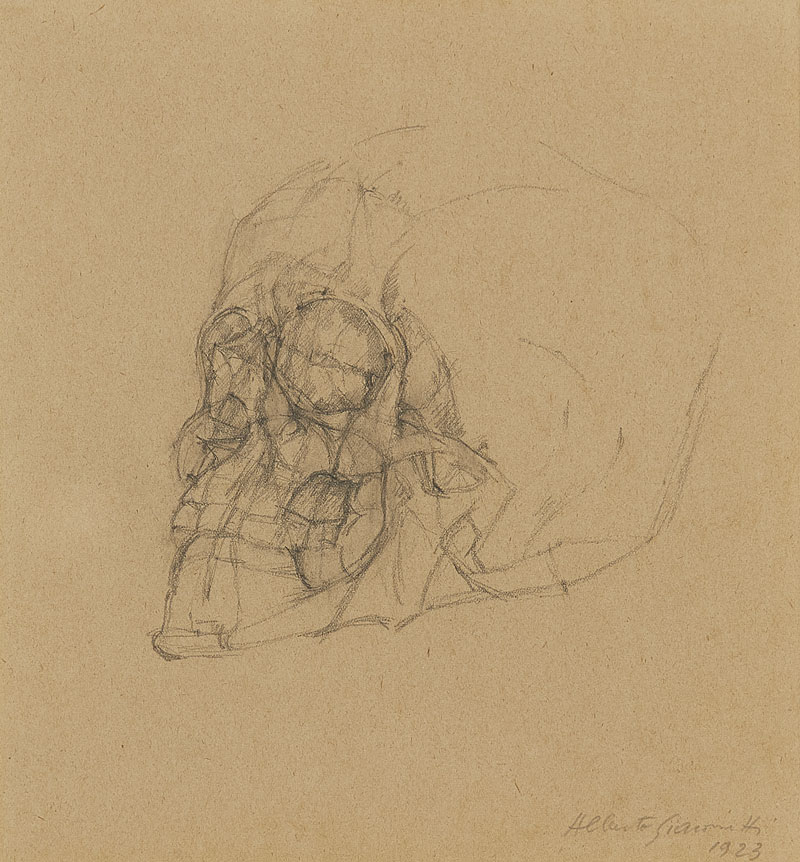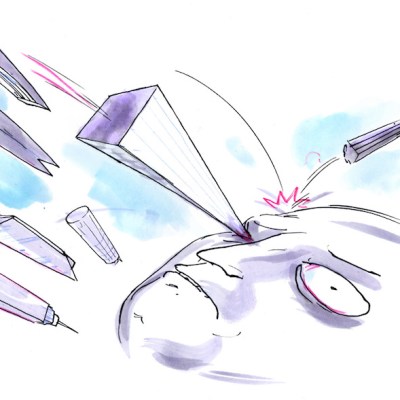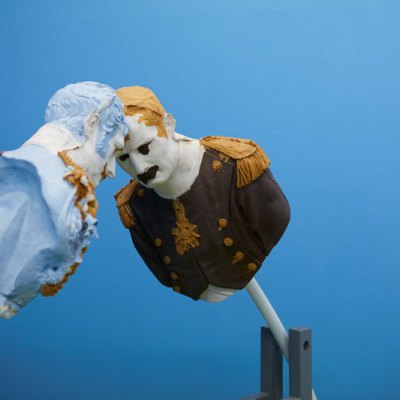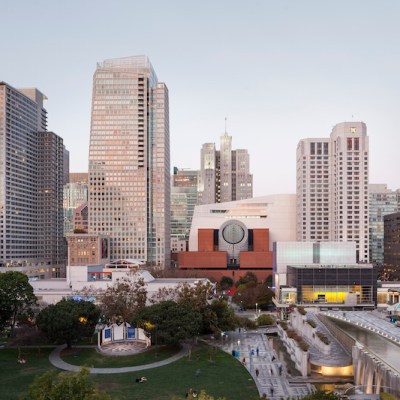The 50th anniversary of the death of the artist Alberto Giacometti (1901–1966) has inspired a run of exhibitions. The National Portrait Gallery focused, naturally enough, on portraiture; Shanghai’s Yuz Museum is hosting the first major retrospective in China of Giacometti’s work; and in October the Musée Picasso in Paris is collaborating with the Paris-based Fondation Alberto et Annette Giacometti on ‘Picasso-Giacometti’. Commercial galleries, too, have seized the moment: Luxembourg & Dayan organised the intelligently conceived focus on his early work, ‘Alberto Giacometti: In His Own Words: Sculptures 1925–34’, that revealed the range and depth of the artist’s formal experimentation before the Second World War, while ‘Alberto Giacometti Yves Klein: In Search of The Absolute’, focusing on the post-war period, runs at Gagosian Mayfair until 11 June.
‘A Line Through Time: Alberto Giacometti’ at the Sainsbury Centre for Visual Arts is a major contribution to this half-century reappraisal. It is not just that this is the largest UK exhibition of his work since 2007, but that it rises so naturally out of the particular strengths of the Sainsbury Collection. Robert and Lisa Sainsbury were friends and important patrons of the artist from their first meeting in 1949, establishing the finest collection of his work in this country. On top of that, their entire outstanding collection – of antiquities, of world art and of modern European art – reflects the values and preoccupations of the era they shared with Giacometti.
Diego in a Sweater (1953), Alberto Giacometti. Image courtesy of The Estate of Alberto Giacometti (Fondation Giacometti, Paris and ADAGP, Paris), licensed in the UK by ACS and DACS, London 2016. Photo: Pete Huggins.

The curators have seized upon this opportunity to embed the remarkable emergence of Giacometti’s mature style into its post-war context.
The show opens with the extraordinary film made about Giacometti in 1967 by the critic David Sylvester. With its spare but eloquent script and archive footage of the artist compulsively, nervously, ceaselessly building and unbuilding his sculptures, it articulates the image of Giacometti we have inherited. For many, the iconic attenuated figures of the post-war period, growing ever taller and thinner and understood as isolated witnesses to the unbearable questions about human existence the war had exposed, seemed to represent a complete break with Giacometti’s pre-war affiliations. Here they are displayed as a further development of those interests – not a departure but an evolution of Giacometti’s fundamental enquiry into the human figure. In the second exhibition room, Egyptian, Roman and Cycladic art from the Sainsbury Collection are shown alongside work by Giacometti from the 1920s and ’30s, but also in relation to later pieces.
Self Portrait (1920), Alberto Giacometti. Image courtesy of The Estate of Alberto Giacometti (Fondation Giacometti, Paris and ADAGP, Paris), licensed in the UK by ACS and DACS, London 2016.

Works by Giacometti’s contemporaries on the continent – Germaine Richier, César, Jean Fautrier, Henri Michaux, Marino Marini and Jean Dubuffet – underline the extent to which he shared the philosophical and artistic preoccupations of his peers. His enduring creative project, represented by such works as Diego in a Sweater (1953), Bust of a Man (1961), and the wonderful Annette Without Arms (1964) can be seen partly as the personal inflection of a shared concern with material reality and human frailty.
A third room explores the impact of Giacometti’s work on post-war British art. The artist Isabel Rawsthorne, who had become a friend of Giacometti’s in pre-war Paris and was a key inspiration for his haunting elongated women, brought admirers such as Eduardo Paolozzi and William Turnbull to his door and introduced him to Francis Bacon and Lucian Freud. Turnbull’s exuberant acrobat (1951) and Lynn Chadwick’s fearsome The Stranger (1954) reflect one aspect of Giacometti’s influence; painted portraits by Frank Auerbach and Francis Bacon reflect another.
The Skull (1923), Alberto Giacometti. Image courtesy of The Estate of Alberto Giacometti (Fondation Giacometti, Paris and ADAGP, Paris), licensed in the UK by ACS and DACS, London 2016. Photo: Pete Huggins.

In 1949 the Tate Gallery, under the directorship of John Rothenstein, acquired its first two works by Giacometti – the sculpture Pointing Man (1947) and the painting Seated Man (Diego) (1949). That same year the Sainsburys bought their first two works by the artist – the painting Diego Seated (1948) and the drawing, Self-Portrait, from 1935. Urged by the dealer Pierre Loeb to get a signature for the unsigned painting, the Sainsburys met the artist, and bought a further drawing, Portrait of the Artist’s Brother (1948). Thus was initiated a permanent friendship, documented here by letters and the drawings of their children, David and Elizabeth, which Giacometti produced, refusing payment and with much self-chastisement, in 1955.
The many drawings on show, with their nervous energy, complement the paintings and sculptures. We see, on the one hand, form coalescing out of line; on the other, form aspiring to become line. Both bear out the intimation of the show’s title that it was through line – fundamentally as a draughtsman constructing art in a void – that Giacometti addressed reality.
‘A Line Through Time: Alberto Giacometti’ is at the Sainsbury Centre for Visual Arts, University of East Anglia, until 29 August.



